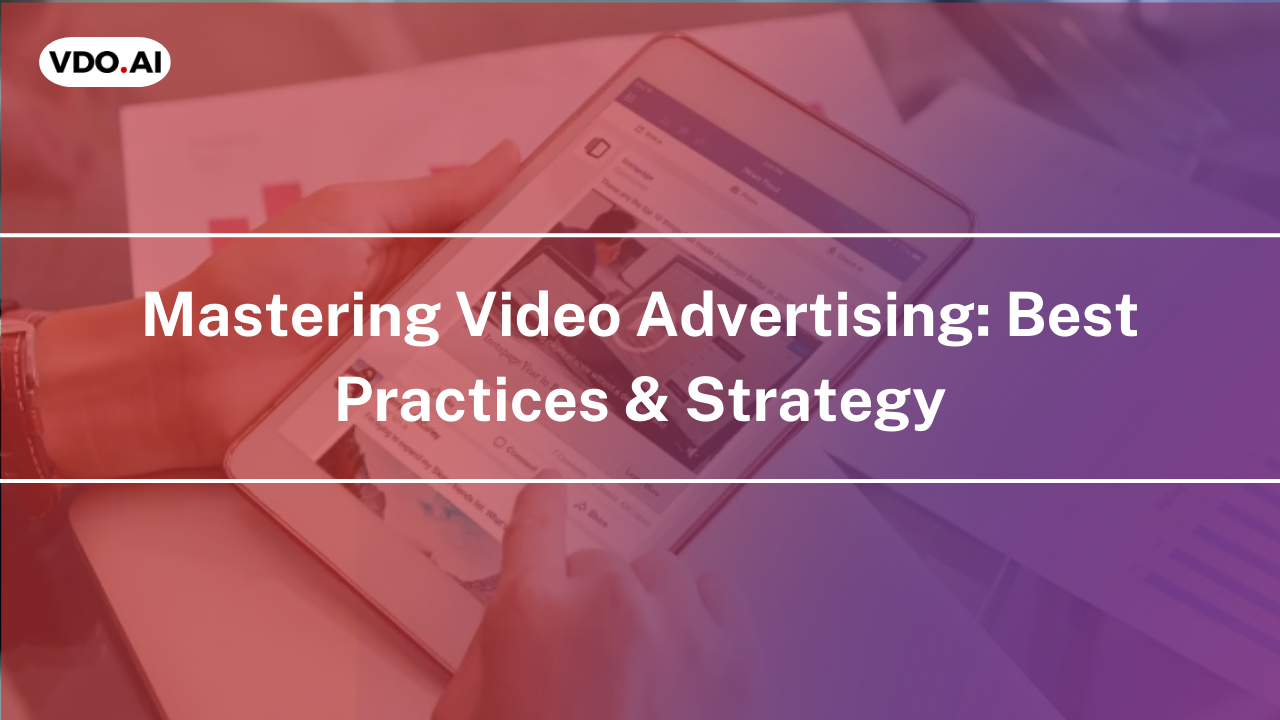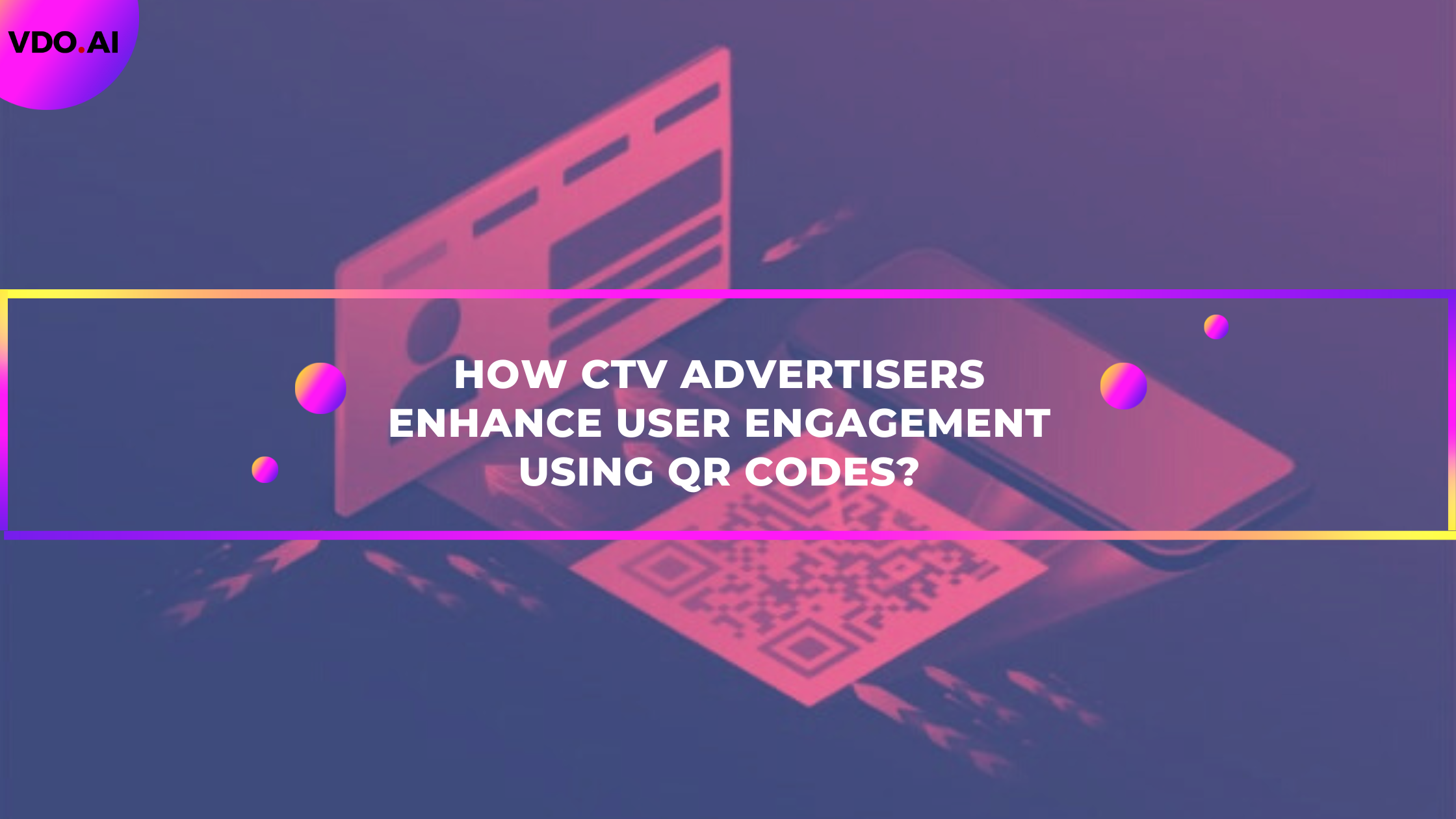Fighting Fraud As A Publisher | Key Points To Remember
Reading Time: 3 minutesMany publishers are not aware of the different kinds of fraud that occur on their websites. Hence, fighting fraud as a publisher is an essential element to understand. According to the study conducted by the ANA/White Ops last year, 52% of the sourced traffic, that many publishers pay for, is fraudulent.
As a result, by paying for sourced traffic, fraudsters end up taking money from the advertiser budgets. This budget is meant for publishers to attract real audiences instead. Ultimately, fake URLs appear on exchanges and end up causing harm to the publisher’s brand names. In one way or the other, ad fraud impacts every member in the industry – be it publishers, advertisers, ad networks, etc.
The value of having a clean website is only going to rise if advertisers oblige to pay for human traffic only. Here are a few pointers that can help you fight fraud:
Real Traffic Vs Bots
Buying traffic results in buying bots which will be the entryway for fraud on your site. Many good publishers choose not to buy traffic and as a result, their bot issues are very minimal. You might be influenced by several LinkedIn groups that offer to sell traffic. But those are most likely only filled with fraudsters. If you are buying traffic you have to be really cautious of the source.
You need to determine if it is a genuine business that you are dealing with. Because in the end, it will only get more difficult to find the source of problems. There are multiple players at each level. Publishers deal with traffic brokers, who deal with suppliers, and so on. You need to be really vigilant in your approach. Monitor your traffic syndication tools and dig deep with analytics tools to distinguish suspicious traffic.
Paying The Price For Fraud
As more and more advertisers bring in third-party monitoring software, they can determine fraudulent impressions. As a result, they have started specifying in their terms and conditions that they will not pay for fraud. So for fighting fraud as a publisher, you need to ensure fraudulent impressions are not slipping through, else you stand the risk of losing advertisers as well as your premium name.
On the other hand, this is a perfect opportunity for quality publishers. Quality publishers can get ahead of everyone else and show the advertisers that their traffic is organic. Advertisers tracing all the way to conversions will be able to see more favorable results with publishers that have human audiences. So this can be another way for publishers to establish their worth to advertisers.
URL Masking Affects Publisher Brands
URL masking is a problem for top publishers. Quite frequently buyers get fooled when publisher inventory appears to be on an exchange but it is actually not. This practice affects publishers because buyers will see that the inventory doesn’t perform and will assume poor performance on the publisher’s part. Meanwhile, every fraudulent impression would have moved to the actual premium publisher and cleared at a high price.
Experts believe that there is not much that publishers can do here. Except, there can be rules which define that there cannot be any redirects or there should only be a very small number of redirects that fraudsters can use to confuse the real traffic.
High CPMs
This goes without saying but an ecosystem without fraud could result in raised CPMs. Less fraud means more money goes to legitimate publishers. When there is no fraud in an ecosystem, the number of ad impressions needed to achieve the same effect will become a small fraction of the extensive quantity that we witness now. This will result in higher CPMs for the good publishers, who put genuine efforts in creating real content that real humans want to see.
But this ideal reality is only possible when everyone takes part. Otherwise, this industry-wide issue of ad fraud probably will not get solved anytime soon.
FAQs:
1. How do publishers suffer from Ad Fraud?
52% of the sourced traffic, that many publishers pay for, is fraudulent. As a result, by paying for sourced traffic, fraudsters end up taking money from the advertiser budgets. This budget is meant for publishers to attract real audiences instead.
2. What are the consequences of buying traffic?
Buying traffic results in buying bots which will be the entryway for fraud on your site. Many good publishers choose not to buy traffic and as a result, their bot issues are very minimal.
3. How can quality publishers establish their worth to advertisers?
As more and more advertisers bring in third-party monitoring software, they can determine fraudulent impressions. This is a perfect opportunity for quality publishers. Quality publishers can get ahead of everyone else and show the advertisers that their traffic is organic.
4. How is URL masking affecting publisher brands?
URL masking is a problem for top publishers. Quite frequently buyers get fooled when publisher inventory appears to be on an exchange but it is actually not. This practice affects publishers because buyers will see that the inventory doesn’t perform and will assume poor performance on the publisher’s part.



